Showing 1–12 of 36 results
-
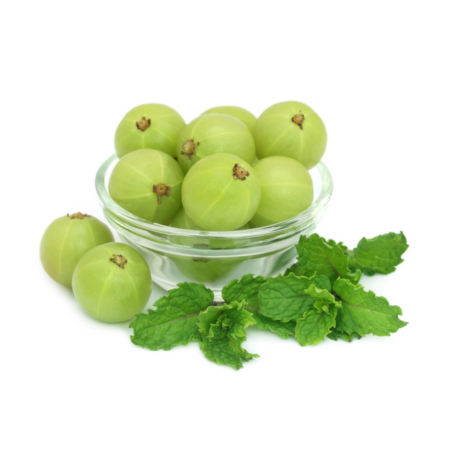
Aamla (Per 250g)
₹98.00Add to cartAmla
Amla, also known as Indian gooseberry (Phyllanthus emblica), is a small, round, green fruit native to India and other parts of Southeast Asia. Revered in Ayurvedic medicine for its wide-ranging health benefits, amla is known for its tart flavor, which can be an acquired taste. It has been used for centuries in traditional remedies, thanks to its potent antioxidant properties and nutritional richness. Often consumed fresh, dried, or in juice form, amla is a powerhouse of vitamin C and other nutrients.
-
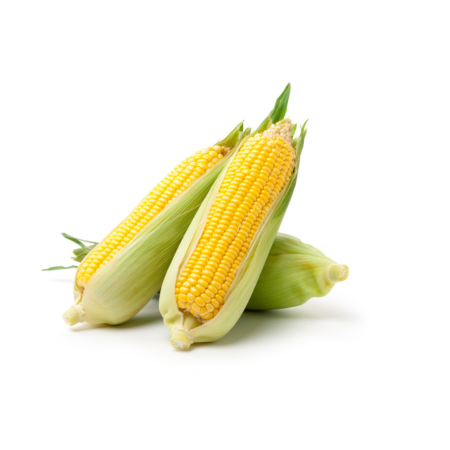
American Sweetcorn (Two Units)
₹50.00Add to cartAmerican Sweet Corn is a beloved and versatile vegetable that has become a staple in kitchens worldwide. Known for its sweet, crisp kernels and vibrant golden-yellow color, it is often enjoyed in both savory and sweet dishes. Originally cultivated by indigenous peoples of the Americas, sweet corn has grown to become a dietary favorite, thanks to its natural sweetness, high energy content, and rich flavor. Whether grilled on the cob, boiled, or incorporated into soups, salads, and casseroles, American sweet corn brings a refreshing and satisfying taste to any meal.
-

Beans – Cluster (Per 500g)
₹90.00Add to cartCluster Beans (Cyamopsis tetragonoloba), also known as guar beans, are a nutritious and versatile vegetable commonly used in Indian, Middle Eastern, and African cuisines. They are green, long, slender beans that grow in clusters on the plant and are highly regarded for their unique taste, crispy texture, and health benefits. Cluster beans are often used in curries, stir-fries, and pickles, and can be enjoyed both fresh and dried. They are also the source of guar gum, a natural thickening agent used in a variety of food and industrial applications.
-
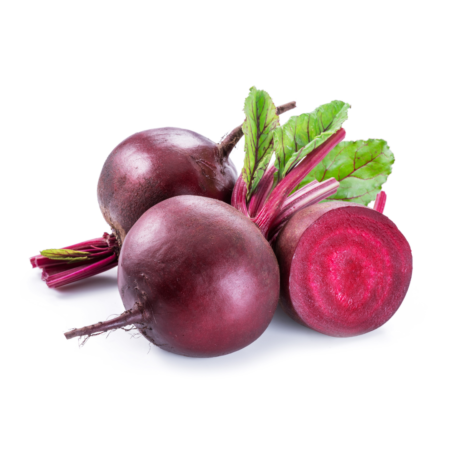
Beetroots (Per 500gms)
₹48.00Add to cartBeetroot tops are deep green, bunched together with the veins being of the colour of beetroot. When raw, they posses chewy and woody texture similar to collard greens and kale. Beetroot is a versatile and nutrient-rich vegetable that can be enjoyed in many ways. You can roast it for a sweet, caramelized flavor, or boil it and add it to salads for a crunchy texture and vibrant color. Beetroot can also be blended into smoothies or juices for a nutrient-packed drink. Try using it in soups like borscht, or incorporate it into sandwiches and wraps for added flavor. For a unique twist, you can also pickle beetroot or use it in dips like hummus.
-

Bharta Baingan (One Unit)
₹65.00Add to cartBaingan bharta is a popular Indian dish made from roasted and mashed eggplant, cooked with onions, tomatoes, and spices. This smoky, flavorful dish is often garnished with fresh cilantro and served with rice or flatbreads, offering a delicious vegetarian option rich in vitamins and fiber. It’s a favorite comfort food.
-

Bhendi (okra) Per 500g
₹50.00Add to cartWhy Choose Our Okra?
- Farm-Fresh Quality: Harvested at peak freshness for superior flavor and texture.
- Sustainably Grown: Cultivated using eco-friendly practices for a healthier planet.
- Perfectly Tender: Ideal for frying, sautéing, pickling, or adding to stews and curries.Health Benefits
- Rich in Fiber: Supports digestion and promotes gut health.
- High in Antioxidants: Helps combat free radicals and reduce inflammation.
- Nutrient-Dense: A good source of vitamins C, K, and folate.
- Low-Calorie Superfood: Perfect for weight management and healthy eating.
-
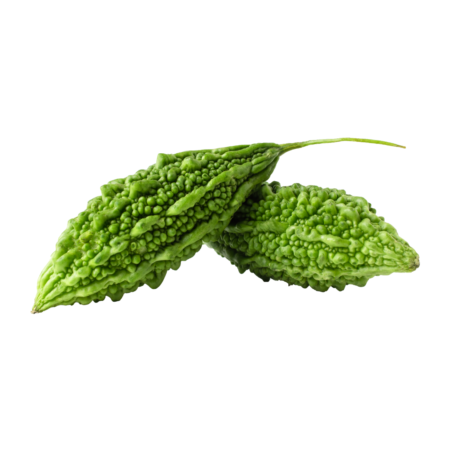
Bitter Gourd – Per 500g
₹50.00Add to cartBitter Gourd (Momordica charantia), also known as bitter melon, is a green, knobby fruit with a distinctive bitter flavor and a variety of health benefits. Widely used in Asian, African, and Caribbean cuisines, bitter gourd is often included in stir-fries, curries, and juices, and is highly valued for its medicinal properties. Although the bitterness can be intense, it is the perfect addition to dishes that seek a balance of bold flavors and health-boosting properties.
-
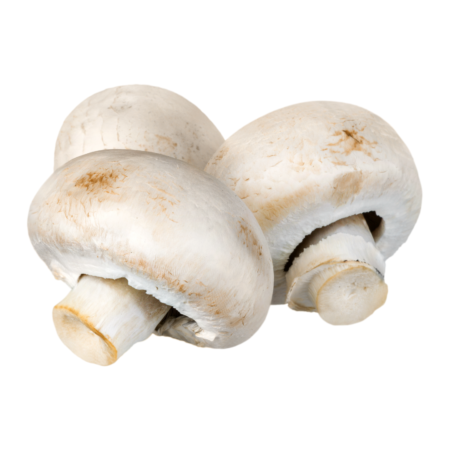
-

Cabbage (300gms)
₹48.00Add to cartIndian cabbage refers to a variety of cabbage commonly grown and used in Indian cuisine. It features tender, green leaves and a mild, slightly peppery flavor. Indian cabbage is highly versatile and often used in a range of traditional dishes, such as sabzi (stir-fried vegetables), parathas (stuffed flatbreads), curries, and salads. Indian cabbage contains dietary fiber for digestion and antioxidants that combat inflammation. Its light and adaptable taste makes it ideal for absorbing aromatic spices like cumin, mustard seeds, turmeric, and garam masala, making it a flavorful and nutritious staple in Indian cooking.
-
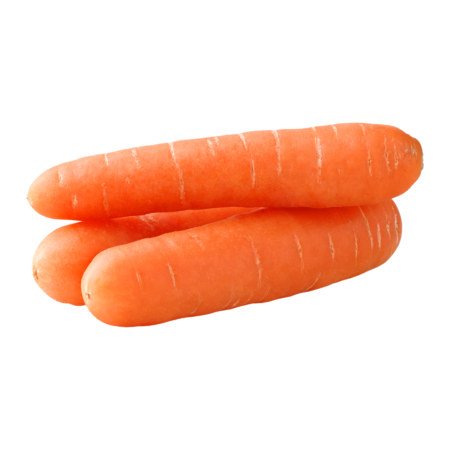
Carrots – Orange (Per 250g)
₹35.00Add to cartOrange Carrots are a vibrant, sweet, and crunchy vegetable that is a staple in kitchens worldwide. Known for their bright orange color, nutritious profile, and versatility, these carrots are enjoyed both raw and cooked in a wide variety of dishes. Native to Central Asia, carrots have become a global favorite for their delicious taste. Whether used in soups, salads, juices, or as a snack, orange carrots add natural sweetness and nutrition to your diet.
-

Carrots – Red (Per 500g)
₹45.00Read moreSeason and Storage:
Red carrots are typically available during the winter season. To retain their freshness, store them in a cool, dry place or refrigerate in an airtight container to prevent moisture loss. -
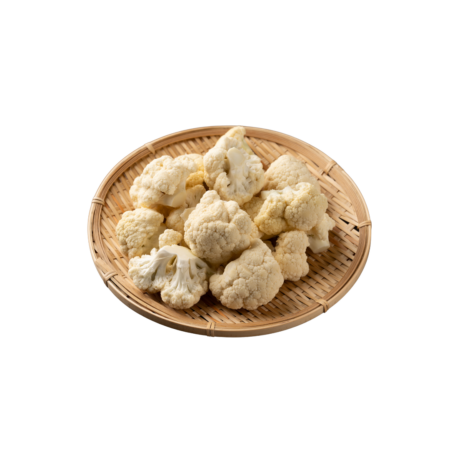
Cauliflower (Pre-Cut)- Per 300gms
₹80.00Add to cartCauliflower is a versatile cruciferous vegetable known for its white, compact florets and leafy green leaves. It has a mild, slightly nutty flavor and can be eaten raw, steamed, roasted, or blended. Packed with vitamins C and K, fiber, and antioxidants, cauliflower supports immune health and aids digestion.

